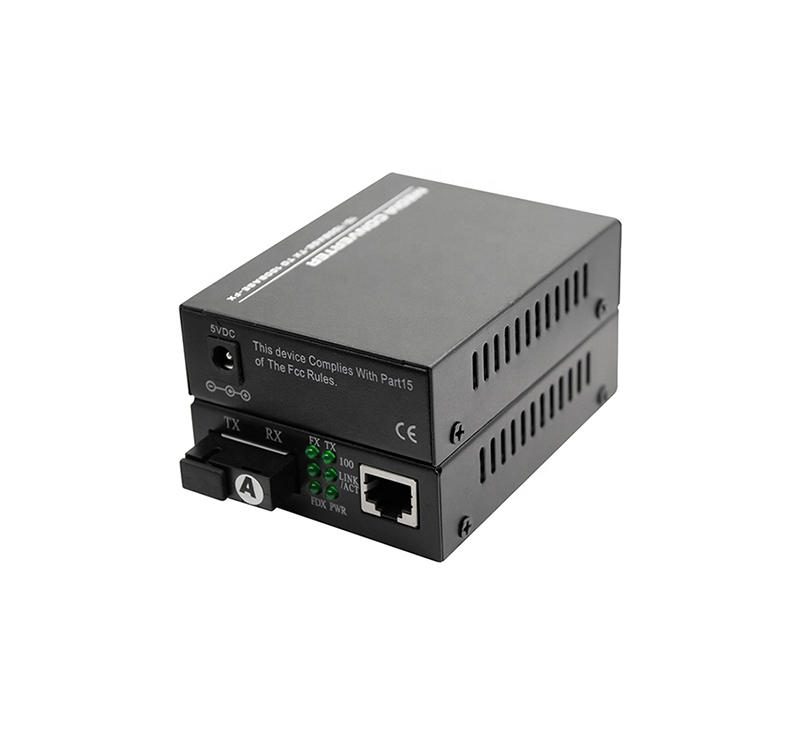1. Distance judgment
When the computer room determines that the fault is an optical cable line fault, the line maintenance department should test the faulty optical cable line in the computer room as soon as possible, and use the OTDR test to determine the location of the line fault point.
2. Estimation of possible causes
According to the curve displayed by the OTDR test, the cause of the fault can be preliminarily judged, and the fault treatment can be carried out in a targeted manner.
According to the failure analysis, there are many problems in the splice box caused by the failure of the optical cable not caused by external force.
(1) The fiber in the fiber accommodating disk is loose, causing the fiber to spring up and be squeezed at the edge of the fiber accommodating disk or the screws on the disk. In severe cases, the fiber will be crushed and broken.

(2) When the residual fiber in the splice box is placed in the coil, the local bending radius is too small or the optical fiber is seriously twisted, resulting in large bending loss and static fatigue. The change in the 1310nm wavelength test is not obvious, and the 1550nm wavelength test joint loss is significant increase.
(3) When the fiber end face is made, the bare fiber is too long or the fiber protection position of the heat shrinkable protection tube is improper when heated, resulting in a part of the bare fiber outside the protection tube, and the bare fiber is broken when the splice box is subjected to external force.
(4) The bare fiber is injured when the coating is stripped off, and the damage expands after a long time, and the loss of the joint increases, and the fiber is broken in severe cases.
(5) Water enters the splice box, freezing in winter leads to increased fiber loss and even fiber breakage.
3. Find the specific location of the fault point of the optical cable line
When the optical cable line is blocked due to obvious external forces such as natural disasters or external construction, the inspection and repair personnel carefully inspect the optical cable route according to the fault phenomenon and approximate fault location provided by the tester, and it is generally easier to find the fault location. Otherwise, it is not easy for the inspectors to find the fault location from the abnormal phenomenon on the route. At this time, the distance from the fault point measured by the OTDR to the test terminal must be checked with the original test data to find out which two markers (or which two joints) the fault point is between. After necessary conversion, Find the exact location of the point of failure. If conditions permit, two-way testing can be performed, which is more conducive to accurately judging the specific location of the fault point.
4. The main reasons that affect the accurate judgment of the obstacle point of the optical cable line
(1) OTDR has inherent bias
The inherent deviation of OTDR is mainly reflected in the distance resolution. Different test distances have different deviations. When the test range is 150 km, the test error is ±40m.
(2) Errors caused by improper operation of test instruments
In the optical cable fault location test, the correctness of the OTDR is directly related to the accuracy of the obstacle test. Factors such as improper setting of instrument parameters or inaccurate vernier settings will lead to errors in test results.
(3) Calculation error
The distance of the fault point measured by the OTDR can only be the length of the optical fiber, and the skin length of the optical cable and the ground distance between the test point and the obstacle point cannot be directly obtained. Compliant or unclear about the shrinkage rate of the optical cable used, there will also be certain errors.
(4) Errors caused by inaccurate completion data of optical cable lines
Due to the lack of attention to the accumulated data or the low reliability of the recorded data during the line construction, the completion data of the line are inconsistent with the actual situation. Based on such data, it is impossible to accurately determine the obstacle points.
For example, the reeling length of the remaining fibers in the splice box when the optical cable is connected, the reeling length of the optical cable at various special points, and the fluctuation of the optical cable with the terrain, etc. The accuracy of these factors directly affects the positioning accuracy of the obstacle point.










